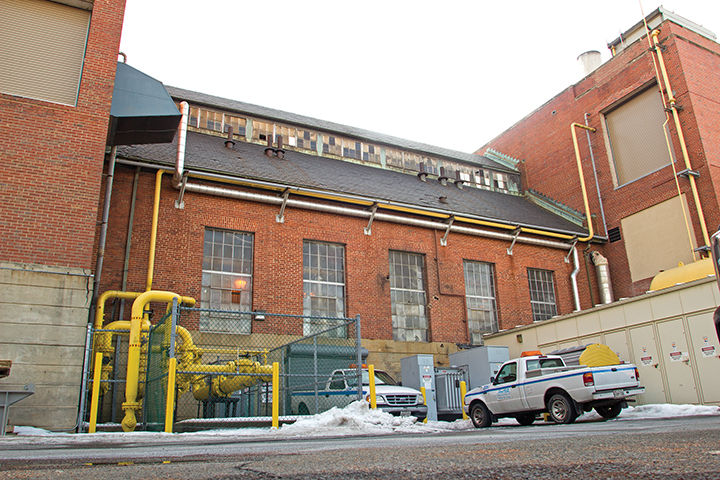Since students left the campus in March, the University of Maryland has seen a 27 percent reduction in electricity use due to reduced heating, cooling and other electrical demands, according to Facilities Management.
As states began operating under stay-at-home orders, fewer people were driving nationwide, which led to a decrease in emissions. And Maryland was no exception, according to a statement from Ben Grumbles, the state’s environment secretary.
“The silver lining to this crisis is with so many people staying at home[,] less traffic has meant less air pollution, including fewer greenhouse gas emissions from transportation, and more opportunities for science to drive positive environmental change,” the statement read.
The university’s power plant saw a 24 percent reduction from last year in natural gas use in March and April, according to a report from Facilities Management.
Former Obama adviser discusses climate change and technology at UMD public policy talk
All of these changes have led to this university’s greenhouse gas emissions being reduced by the equivalent of burning 12 million pounds of coal, according to the report.
The changes in energy use at the university fall in line with the findings of a report released May 29 from the Maryland Department of the Environment. Researchers estimated that carbon monoxide and carbon dioxide emissions decreased by about 30 percent in Baltimore and Washington, D.C., following restrictions enacted to suppress the spread of COVID-19.
Russell Dickerson, a professor in the university’s atmospheric and oceanic science department, contributed to the report. Along with a team of other university faculty, undergraduates and graduate students, Dickerson helped the department analyze data collected from satellite images, air samples taken from aircraft and ground-based measurements.
A decline in car travel played a role in the drop in greenhouse gas emissions, according to the report. Using a traffic counter set along Interstate 95, researchers found that the total number of vehicles on the road during weekdays decreased by as much as 51 percent after Gov. Larry Hogan issued a stay-at-home order on March 30.
This period of restrictions serves as a sort of natural experiment for evaluating the benefits that would come along with promoting telework and transitioning to electric vehicles, Dickerson said. He added that results so far have suggested trucks are a major source of pollutants that cause smog episodes, which could bring about new rules on truck pollution control devices.
UMD climate activists list demands, raise awareness for global warming at first teach-in
The negative effects of air pollution are far-reaching. Some researchers recently found a positive relationship between an area’s exposure to fine particulate matter, a type of air pollution, and its COVID-19 death rate. More broadly, other research has shown that diseases caused by pollution are responsible for three times more deaths than AIDS, tuberculosis and malaria combined — and they have disproportionate effects in minority communities.
On June 2, the multi-state Ozone Transport Commission, which advises the EPA on regional environmental issues, approved a recommendation from the MDE that requires Pennsylvania power plants to reduce harmful emissions that are carried into Maryland by the wind. The MDE estimates that 70 percent of air pollution generating ozone in Maryland originates from other states.
In his statement, Grumbles stated that an upside to the coronavirus pandemic is that it has offered “more opportunities for science to drive positive environmental change.”
“We can use technology and policy to boost teleworking and transportation electrification dramatically to reduce pollution and help us meet our aggressive climate change goals for a zero emission future,” Grumbles’ statement read.



